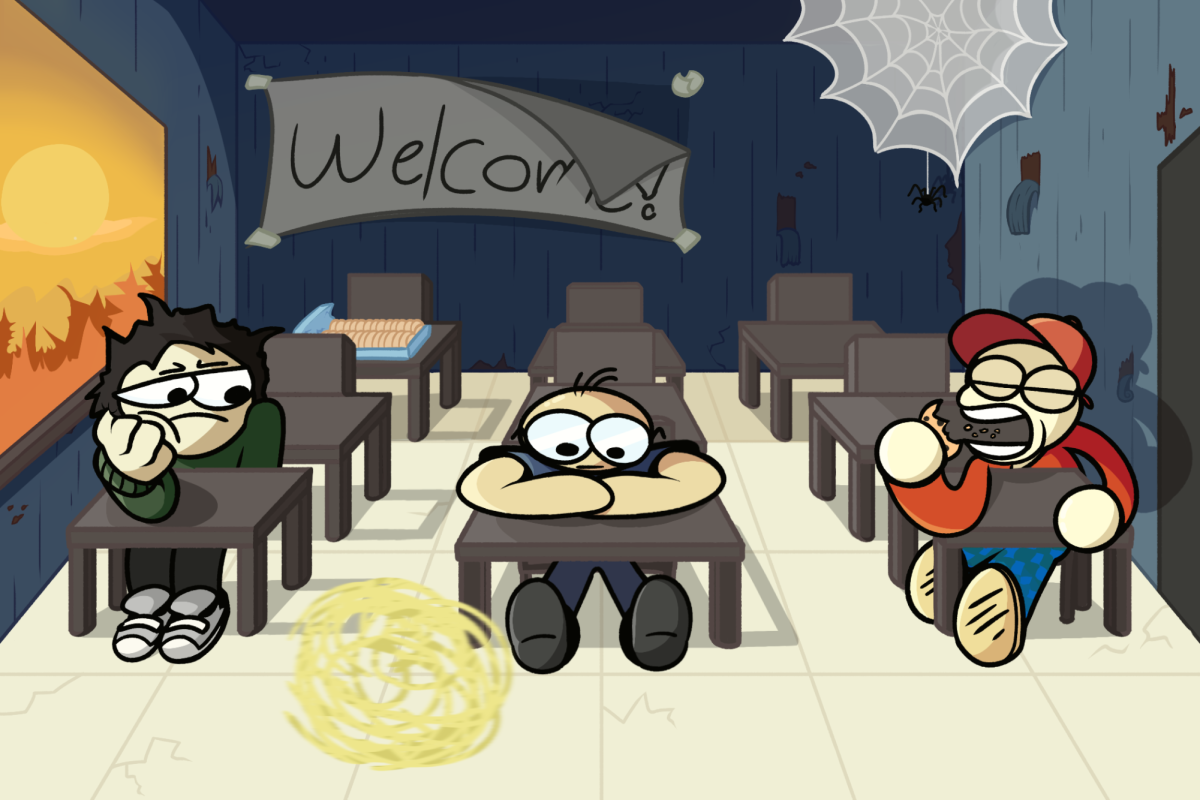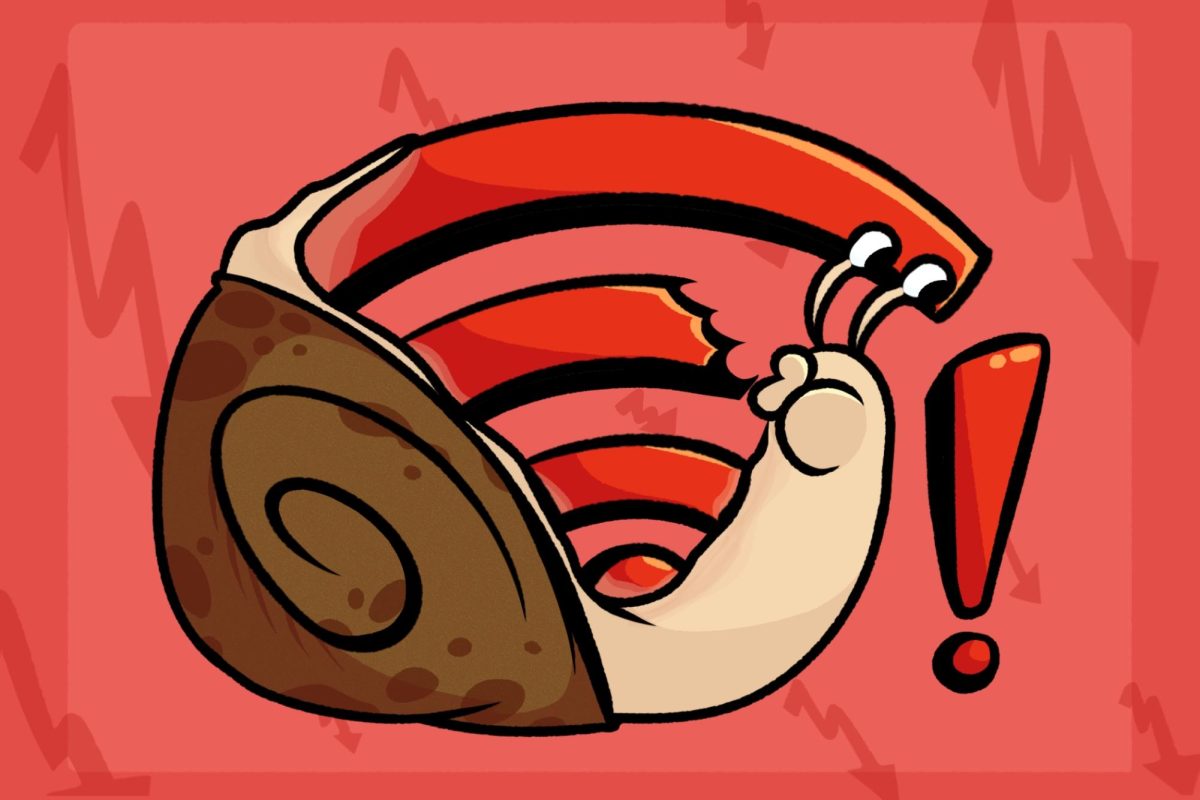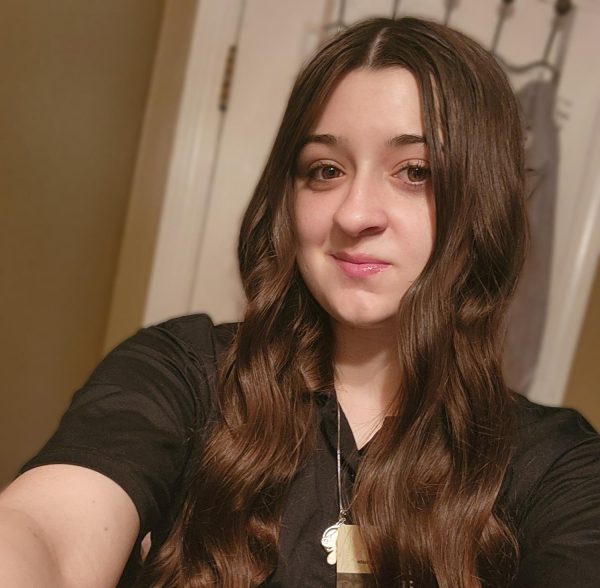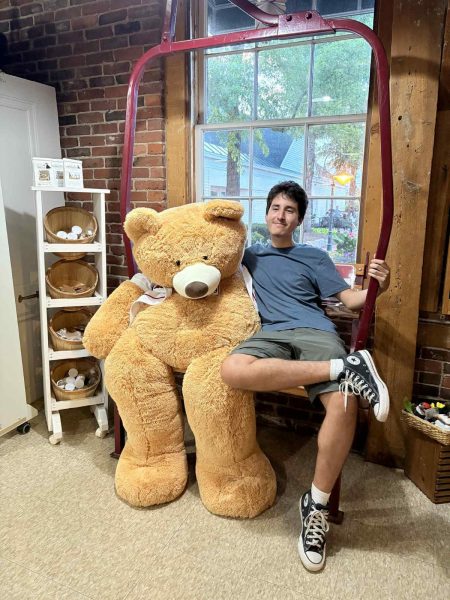The Regional offers a wide variety of different clubs for students to join. With such a large selection, many of these clubs often experience low membership.
One such club is Hope Lives Here, founded and currently run by junior Darcy Roaf.
“We have a variation in the number of members, usually around 10 to fifteen come for one meeting,” said Roaf. “The lack of members definitely makes getting the word out harder but, we have a strong system of volunteers.”
Junior and club member Ellie Curran agreed.
“Less members definitely makes it harder to get stuff done,” said Curran.
Each year, Hope Lives Here helps run a fall 5k.
“We always have more members in October to volunteer [at the 5k],” said Roaf.
Curran noted that the 5k appealed to her as a member.
“I like volunteering, being with friends and being a part of a cause,” said Curran.
Another small club—the Bird Seekers club—is run by president Katherine Simmons.
“I’ve been the president [of The Bird Seekers club] since the middle of last year after the old president resigned,” said Simmons.
Simmons said that holding club meetings on Fridays has affected their membership.
“A lot of clubs meet on Fridays, and since we are a small club, we aren’t a well-known option,” said Simmons.
Paraprofessional Linda Fay started helping out the club last year.
“I enjoy that we often have fundraisers to buy birdseed,” said Fay.
Fay mentioned a camera the club maintained on a school birdfeeder.
“Both on the camera and during club hikes we try to identify bird species,” said Fay. “I think that is important to raise awareness for these birds, and migrating species.”
English teacher, AnneMarie Donahue is the advisor for a third small club, Crochet Club.
“A student came to me 2 years ago wanting to start the Crochet Club, and I let him run with it,” said Donahue.
Donahue described the club as cozy.
“Students just come in and crochet or knit,” said Donahue. “It’s chill and we have hot coco sometimes.”
Sophomore Donya Darawchen is a member of the Crochet Club.
“I like how we can do things to help out, like crocheting for hospitals,” said Darawchen.
Donahue noted that the club typically has an average of 10 members.
“We had twenty four members at one point, but like any club, membership declined,” said Donahue.
Darawchen shared her thoughts on why the club may not be gaining members.
“Most of the members in the club already know how to crochet and new people rarely come [to meetings], even though we have the abilities to teach them,” said Darawchen.
Overall, having a small club can be both beneficial and harmful.
“I personally think it [having few members] has its benefits and downsides,” said Darawchen. “The club as a whole is closer and more friendly with each other. But, at the same time it limits our ability to do stuff.”











